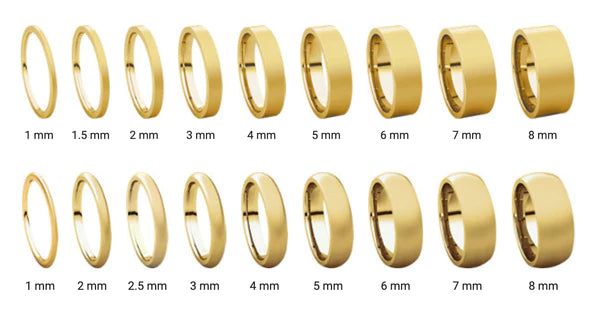gold purity: Factors affecting gold purity.
Gold purity refers to the amount of gold present in a gold item. While pure gold is too soft to be used in jewelry, gold items are typically made with gold alloys that contain other metals such as silver, copper, and nickel. The purity of gold can be affected by several factors, including the following:
-
Alloying metals: The type and amount of alloying metals used to make the gold alloy can affect its purity. For example, copper is often added to gold to make it stronger and more durable, but too much copper can lower the gold content and reduce its purity.
-
Manufacturing process: The process used to manufacture the gold item can affect its purity. For example, if the gold is melted at a temperature that is too high, it can cause the gold to oxidize and lower its purity.
-
Age and wear: Over time, gold items can become worn and scratched, which can affect their purity. For example, if a gold item is frequently worn, the surface of the gold can become worn, and the alloying metals can become exposed, which can lower its purity.
-
Environmental factors: Environmental factors such as exposure to chemicals, humidity, and heat can affect the purity of gold. For example, if a gold item is exposed to harsh chemicals or high humidity, it can cause the gold to corrode and lower its purity.
-
Counterfeiting: Counterfeit gold items are often made with lower-quality gold alloys, which can significantly lower their purity. It is essential to purchase gold items from reputable sources and have them tested for purity before purchasing.
In conclusion, the purity of gold can be affected by several factors, including the type and amount of alloying metals, the manufacturing process, age and wear, environmental factors, and counterfeiting. Understanding these factors is essential when buying or selling gold, as it can help you make informed decisions about the value and quality of the gold item.

















